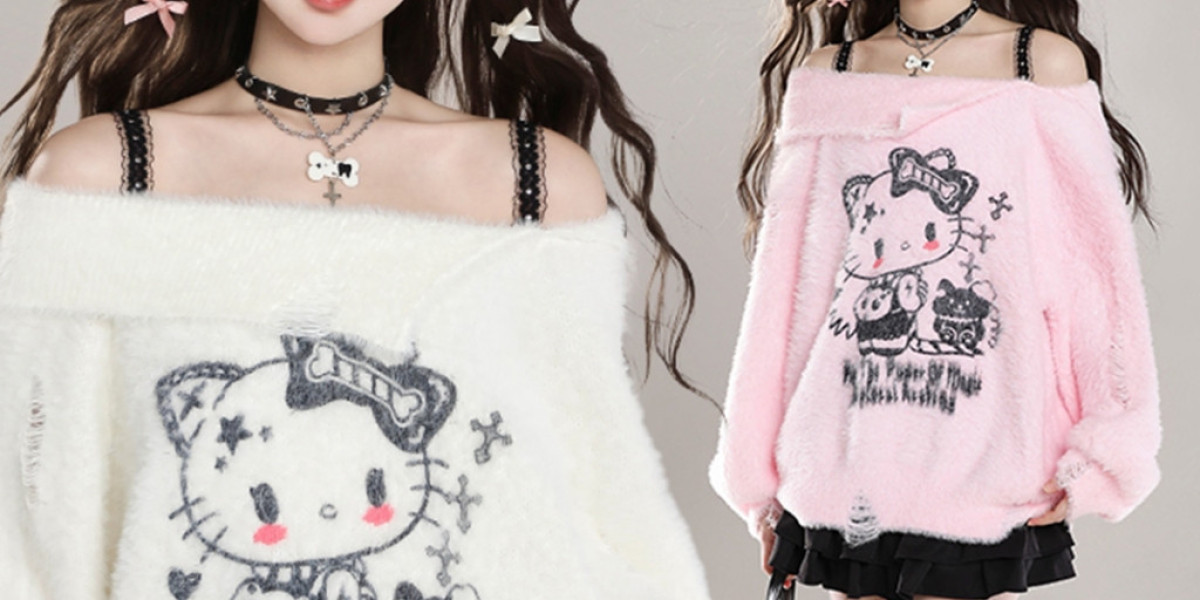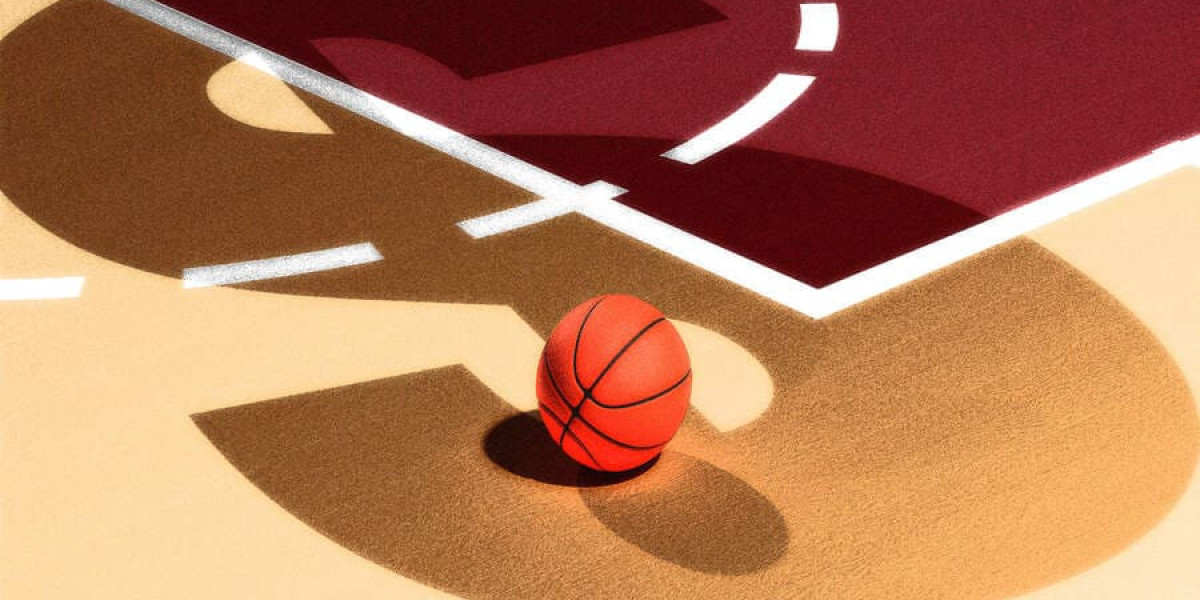Introduction
Over the last few years, the concept of "kawaii" or cuteness has obtained popularity not just in Japanese society yet likewise worldwide, influencing various aspects of charm, layout, and style. Visual kawaii outfits are defined by their lively and wayward layouts, often including pastel colors, anime personalities, and oversized bows. But exactly what makes these attires so attractive and how can we recognize them from a clinical viewpoint?
Psychological Aspect of Kawaii
One of the vital elements of kawaii attire is their capacity to evoke positive emotions and feelings of happiness. Research study in psychology has actually revealed that exposure to charming and lovable stimulations can trigger the launch of dopamine in the brain, resulting in feelings of pleasure and incentive. This phenomenon, referred to as the "cuteness feedback," assists explain why people are attracted to kawaii attire and why wearing them can boost one's state of mind and self-confidence.
Cognitive Element of Kawaii
From a cognitive point of view, kawaii clothing can also be seen as a form of aesthetic communication. Using intense colors and wayward styles in these clothing can bring in interest and share a feeling of playfulness and creativity. In a research published in the Journal of Style Marketing and Management, scientists located that people who put on kawaii-inspired apparel were perceived as more outbound, pleasant, and friendly compared to those who used more conventional or traditional clothing.
Sociocultural Facet of Kawaii
The popularity of kawaii clothing can be credited to the more comprehensive sociocultural pattern of "charming society," which highlights the party of sweet taste, youthful vigor, and virtue. In Japan, kawaii fashion has actually come to be a type of self-expression and rebellion versus standard sex standards and societal assumptions. By welcoming kawaii aesthetic appeals, individuals can test standard beauty standards and assert their uniqueness and imagination.
Layout Aspects of Kawaii Clothes
There are a number of key elements that developers commonly integrate to accomplish the preferred aesthetic when it comes to developing kawaii outfits. This includes making use of pastel shades such as pink, blue, and lavender, oversized and exaggerated silhouettes, and playful patterns like polka dots, stripes, and flower prints. Devices such as ribbons, bows, and cute appeals are also generally used to improve the total cuteness of the attire.
Performance of Kawaii Outfits
Despite their whimsical appearance, kawaii outfit dress to impress - visit 4realchange now >>> - outfits are not just for program - they also offer a useful function. The usage of soft and comfortable fabrics, loose-fitting silhouettes, and adjustable attachments make kawaii attire simple to put on and move in, making them ideal for everyday activities and get-togethers. Furthermore, the pleasant and spirited nature of kawaii attire can aid people make a vibrant style statement and reveal their one-of-a-kind personality and style.
Conclusion
Finally, visual kawaii clothing use a special blend of psychological, cognitive, and sociocultural advantages that add to their prevalent appeal and appeal. By recognizing the clinical components behind kawaii fashion, we can gain a much deeper appreciation for its influence on private health and self-expression. Whether put on for self-expression, comfort, or enjoyable, kawaii attire act as an effective form of visual interaction and imagination that proceed to motivate and delight people worldwide.





